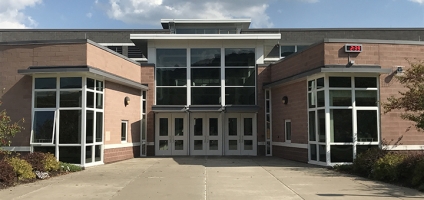UV partners with Harvard to tackle absenteeism
NEW BERLIN – Unadilla Valley Central School is among 50 rural schools in New York and Ohio to be pored over by Harvard University in a study to stop chronic absenteeism.
The five-year study by the Harvard Rural Education Center will help chosen school districts generate ideas that may lower absenteeism while growing academic success for students. The initiative is funded by a $10 million federal grant.
UV joins more than two dozen other rural New York school districts on Harvard’s radar, including nearby schools in Harpursville and Sharon Springs.
According to UV School Superintendent Robert Mackey, the study could help his district pinpoint small areas of change in key grade levels before ratcheting up changes district-wide. He says the school has seen an uptick in absences over the last three years, primarily in elementary grade levels.
“We know that a student who misses one day of school effectively misses over three days of school by the time they get caught up,” he said.







Comments